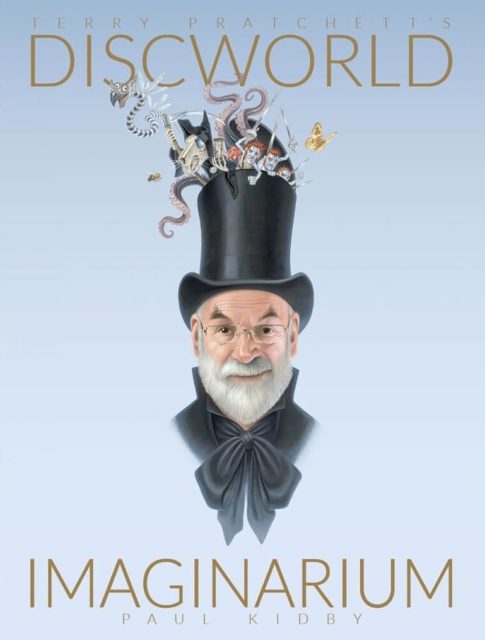The Greeks gave us virtually all our philosophy, and the foundation of all our sciences. Their historians were the finest. Their poetry was second only to that of Homer – and it was they who put together all that we have of Homer, and Homer was himself an early Greek. They gave us ideals of beauty, the fading of which has always been a warning sign of decadence; and they gave us the technical means of recording that beauty. They had no examples to imitate. They did everything entirely by themselves. In a world that had always been at the midnight point of barbarism and superstition, they went off like a flashbulb; and everything good in our own world is part of their afterglow. Every renaissance and enlightenment we have had since then has begun with a rediscovery of the Ancient Greeks.
For the avoidance of doubt, I will not say that the Greeks were perfect. Though remarkable human beings – though the most remarkable human beings – they were still human beings, with all the vices and other failings that come with this. But, if you commit your life to staring into that flood of intense light that was Greece, you will not have lived in vain. And, though I do not despise translations, and would never discourage someone from approaching the Greeks only through translation, I will add that the light is most intense when seen directly, through the medium in which the Greeks themselves thought and spoke and wrote.
There are many reasons for learning Greek. A full discussion of them would amount to an advertisement for my services, and would take longer than I have available for this speech. But I will mention three.
The first is that Greek is inherently a beautiful language, and worth studying for itself alone. There is certainly a thrill to speaking it. Take this line from Homer:
τὸν δ’ ἀπαμειβόμενος προσέφη πολύμητις Ὀδυσσεύς
To him in answer spake the ever-resourceful Odysseus
For any number of reasons, my pronunciation is corrupt, and no Greek, ancient or modern, would think me other than a barbarian. But say these words, and you are making sounds that were first made when our own ancestors were tattooing their faces and smearing butter into their hair, before perhaps the building of Stonehenge, and when even Rome was no more than a collection of huts not far removed from the stone age.
The second main reason for learning Greek is that we know far less about the Greeks than we would like. So much has been carried away by the ravages of time. For the past six hundred years, a continuous line of scholars in Western Europe, and more recently in America, has laboured to gather and understand all that can be found about the Greeks. Every surviving Greek text has been pressed harder than olives for one of the supermarket chains to give up every possible meaning. Archaeology and all the natural sciences have been put to similar uses. In every century since the fourteenth, we have been able to say at its end that we knew more than at the beginning. But our knowledge remains imperfect. We look on the Greeks as we might on a landscape covered in mist. Here and there, the mist is absent or thinner, and we can be astonished by what we see; and we can hope to extrapolate from what we see to what remains covered.
If you come to the Greeks through translations, it is as if you are looking at that misty landscape though a sheet of coloured glass. Our word translate in Latin, and by extension in French, is traduco. This can mean translate. It can also mean dishonour, degrade or betray. Most translations, whether deliberately or by accident, do all these things to their original. Until very recently, English translators of the classics would labour to conceal the sexual tastes of the Ancients. Many translators labour still, though now to conceal the ancient taste for mood-altering substances. Even otherwise, a translation will not carry over the whole of the original meaning, but will impose on a reader the translator’s view of its meaning. Compare, if you like, my translation of Thucydides with other translations. The basic idea is the same: the choice of words and the balance and even the structure of the statement are different.
This brings me to my third main reason – and here I turn to Latin. If you take individual stories from Homer and put them into translation, they can sometimes work almost as well as they do in Greek. The story of Odysseus in the Cave of Polyphemus is wonderful in itself. So too the story of how Achilles tied the dead body of Hector to his chariot and dragged it about the walls of Troy, and how Priam came out to buy back the body. These stories thrilled me as a child, or moved me to tears. So they can in in any good retelling.
If we turn, however, to Vergil, any translation seems to involve a perceptible loss of impact. Last Easter, I taught some revision courses for A Level Classical Civilisation. One of the modules I covered was Vergil’s The Aeneid in several good English translations. Except for John Dryden’s version, this was my first experience of Vergil in translation. I have said that the translations used were good. They were made by men whose Latin was far better than mine. Compared with the original, however, they were disappointingly flat. Again and again, I would skim the text, looking for the equivalent of some line or phrase that had stamped itself into my memory. Again and again, I was disappointed by the mediocrity of what I made the students read aloud to me.






